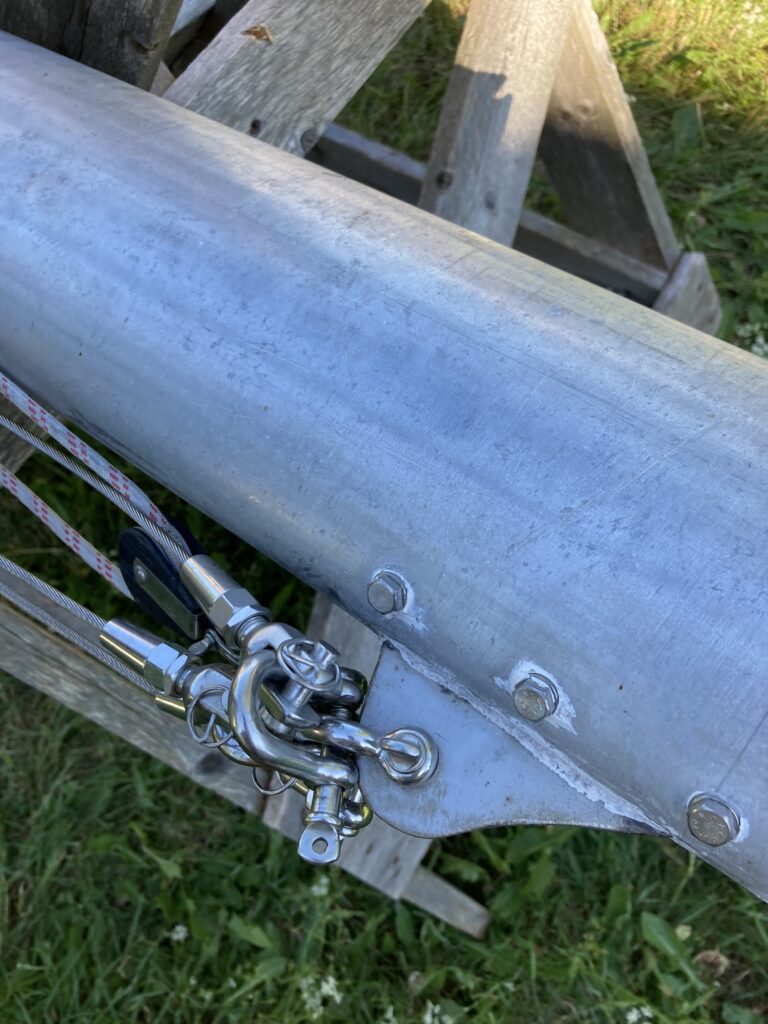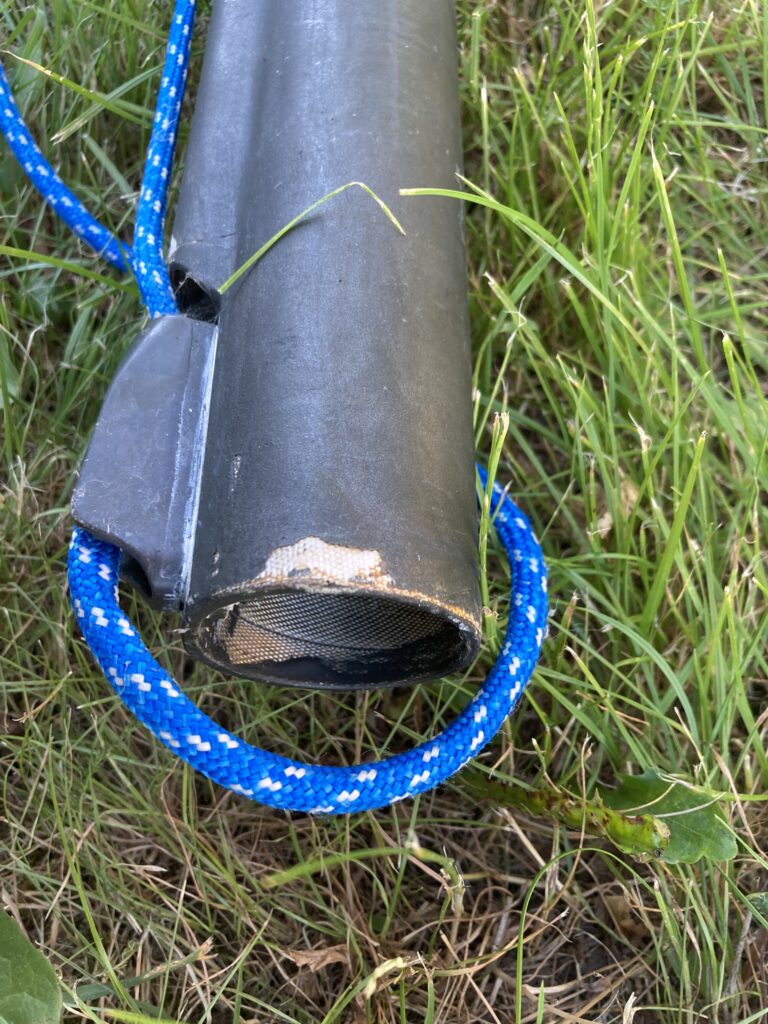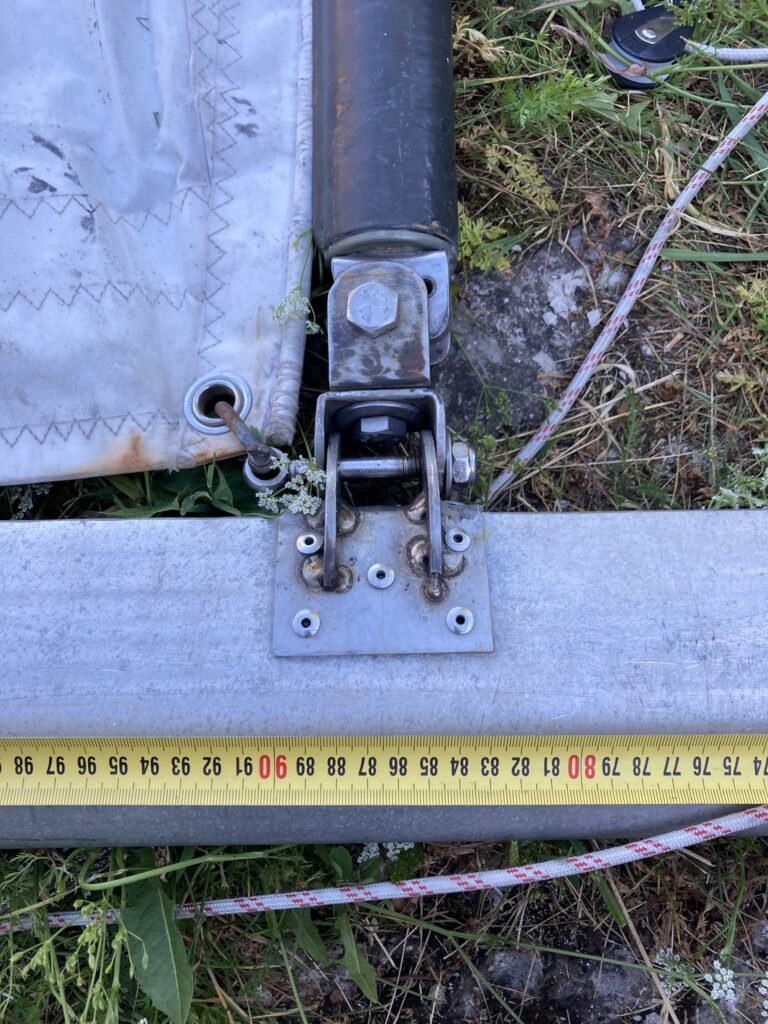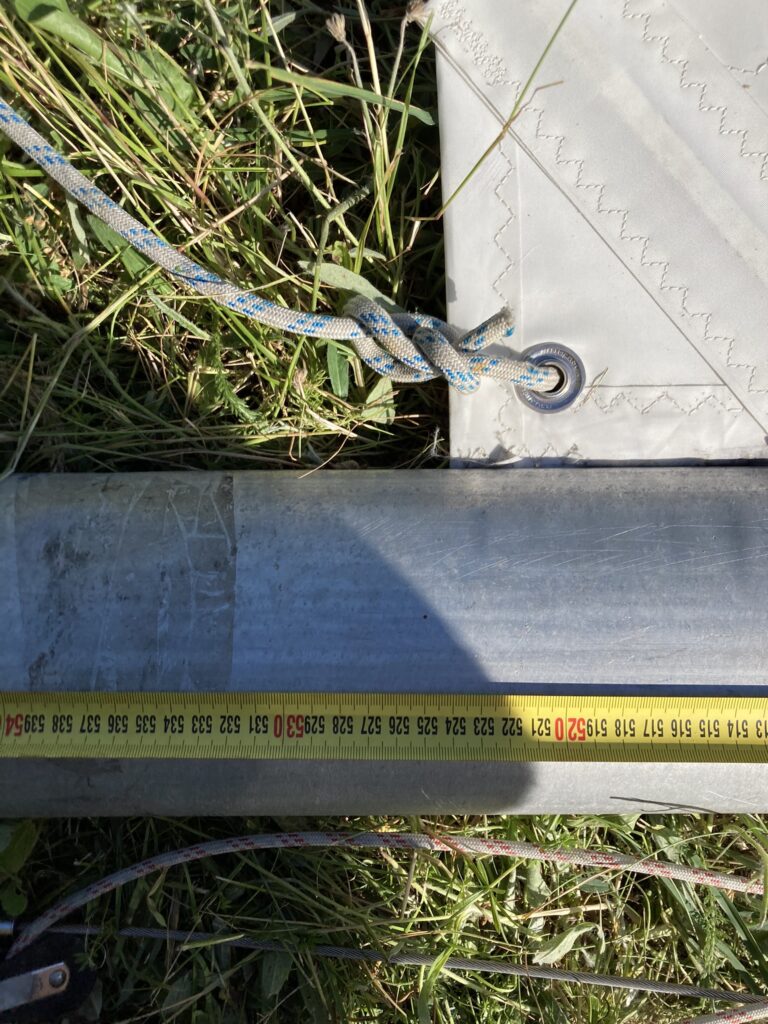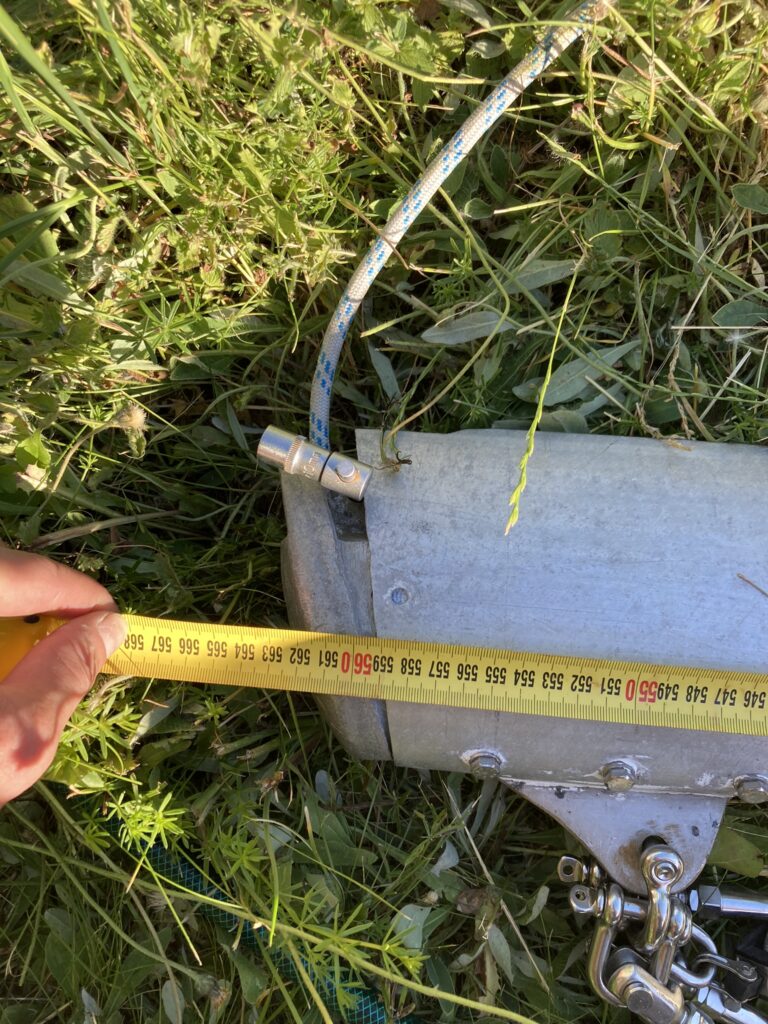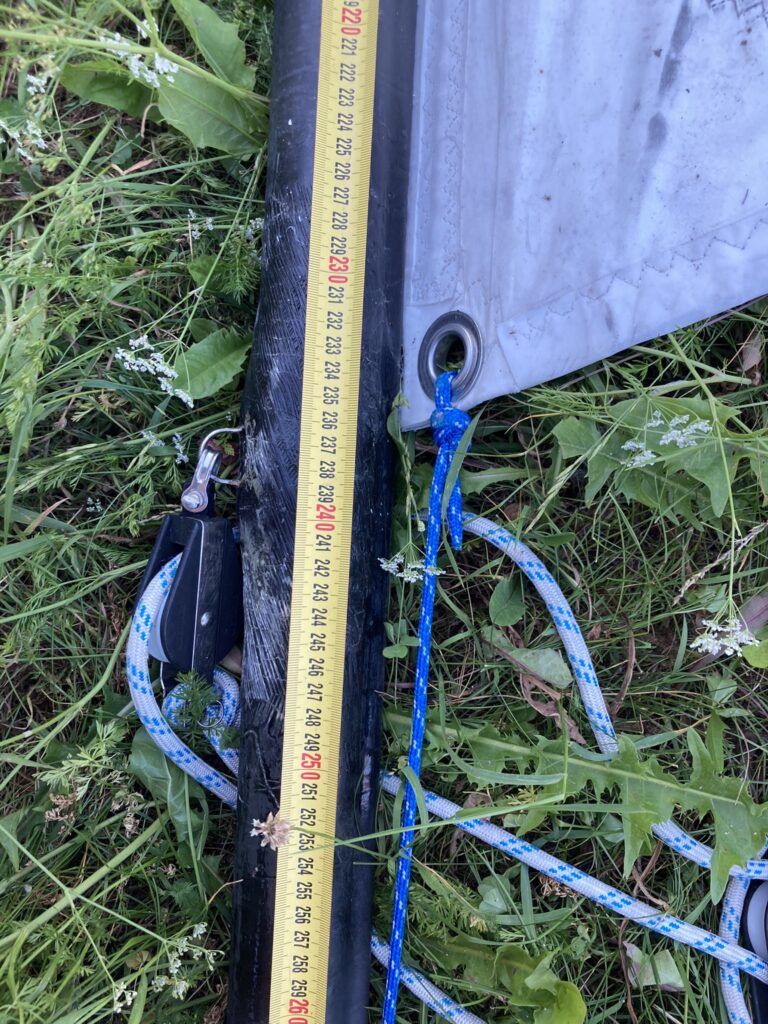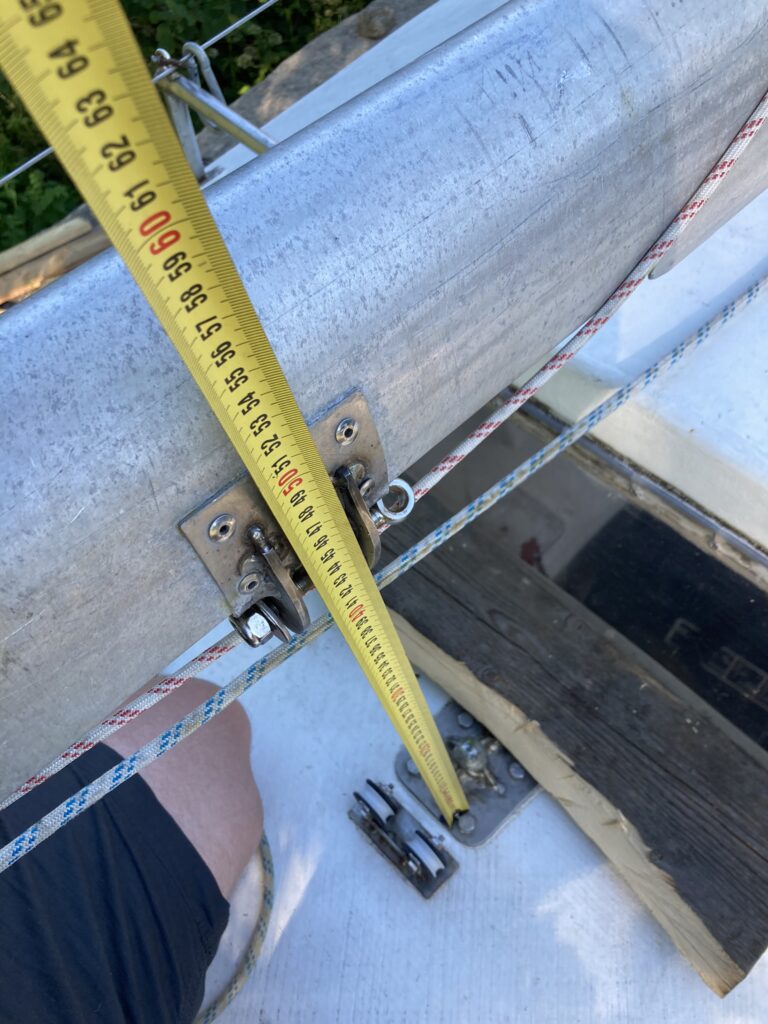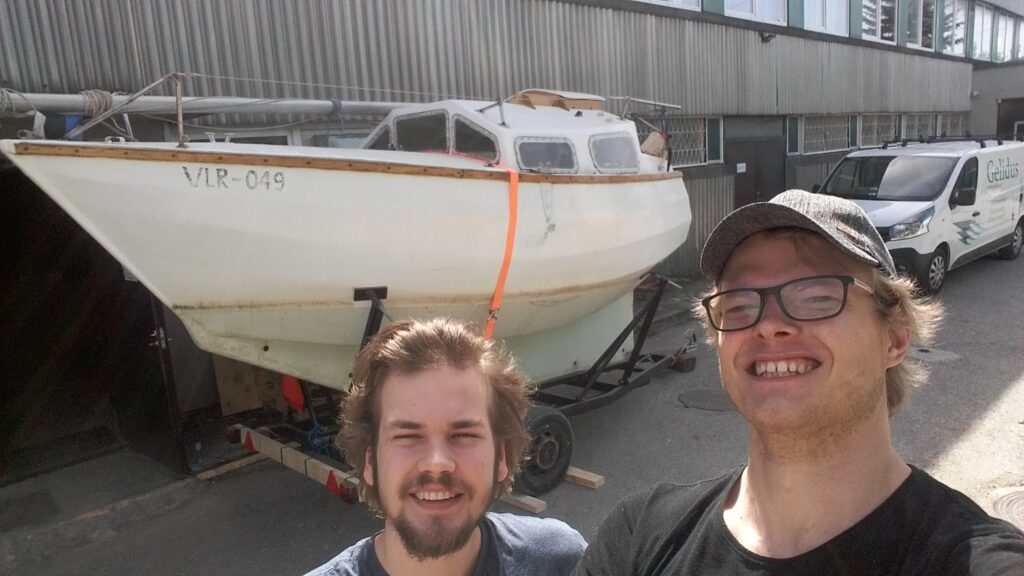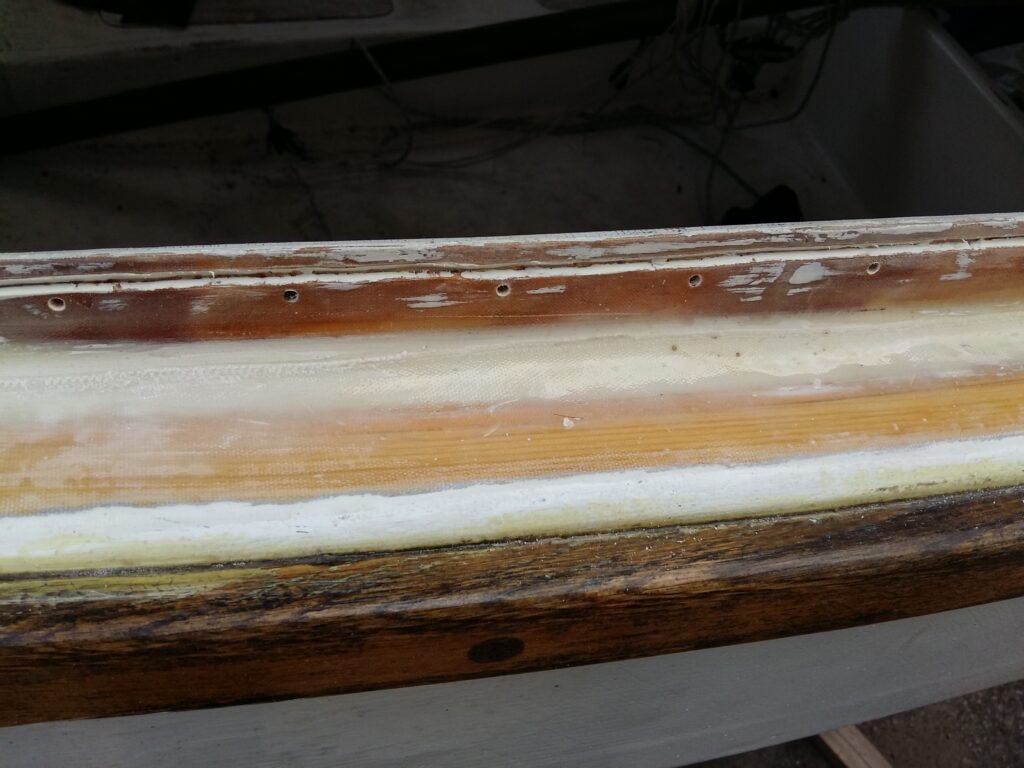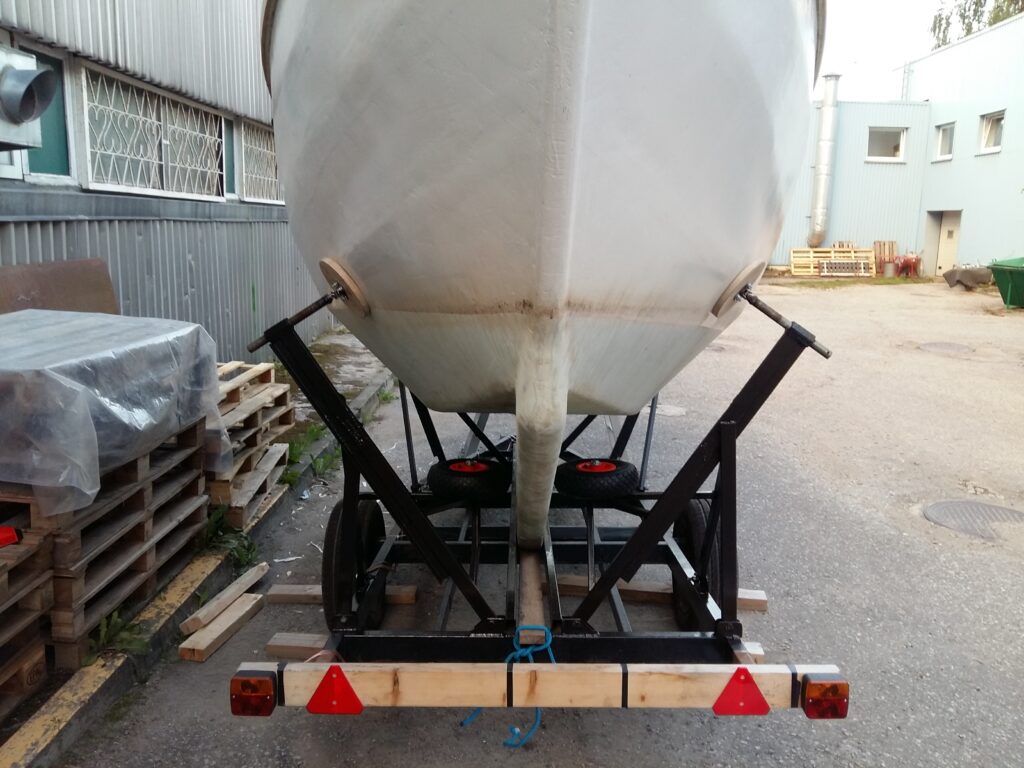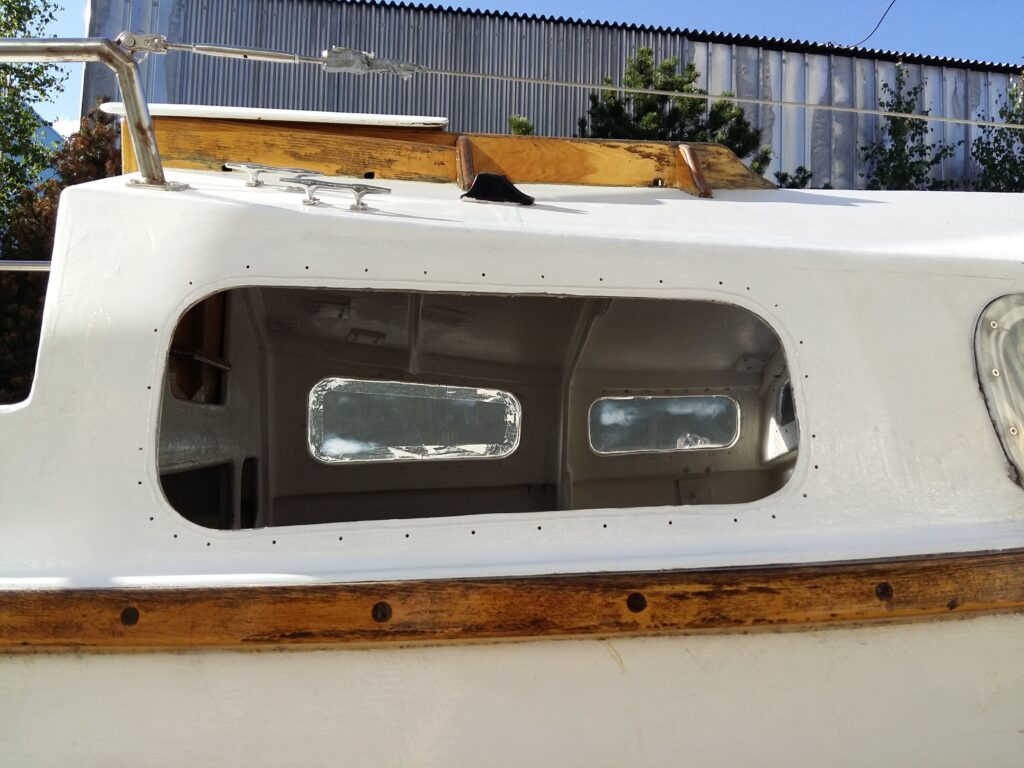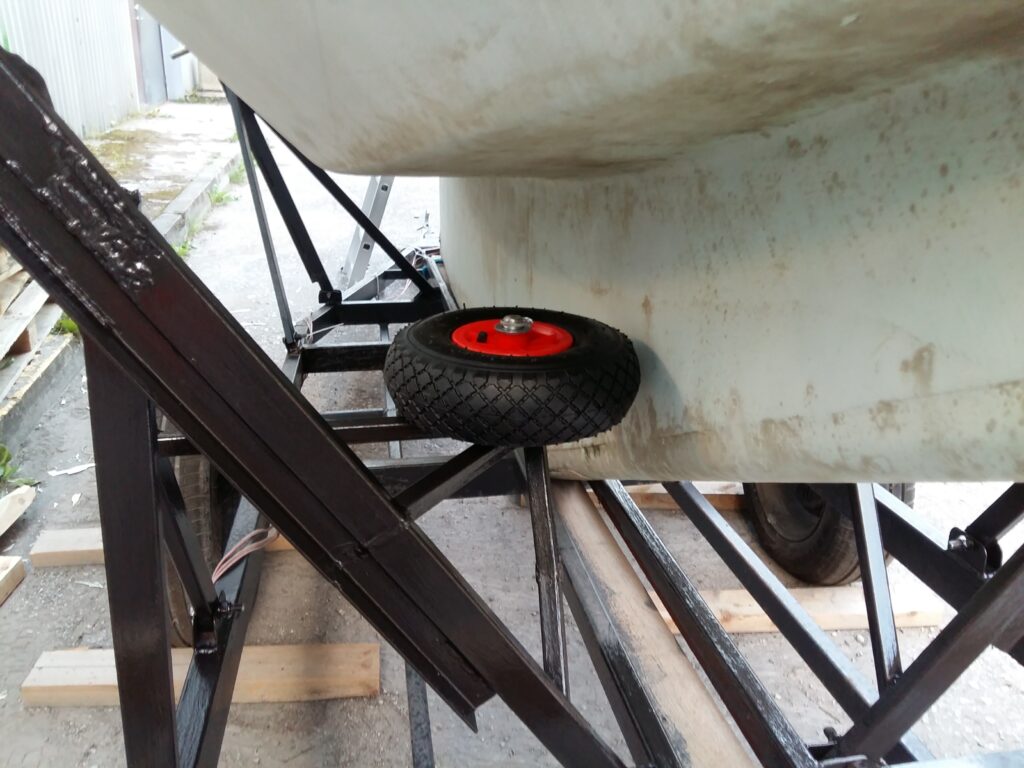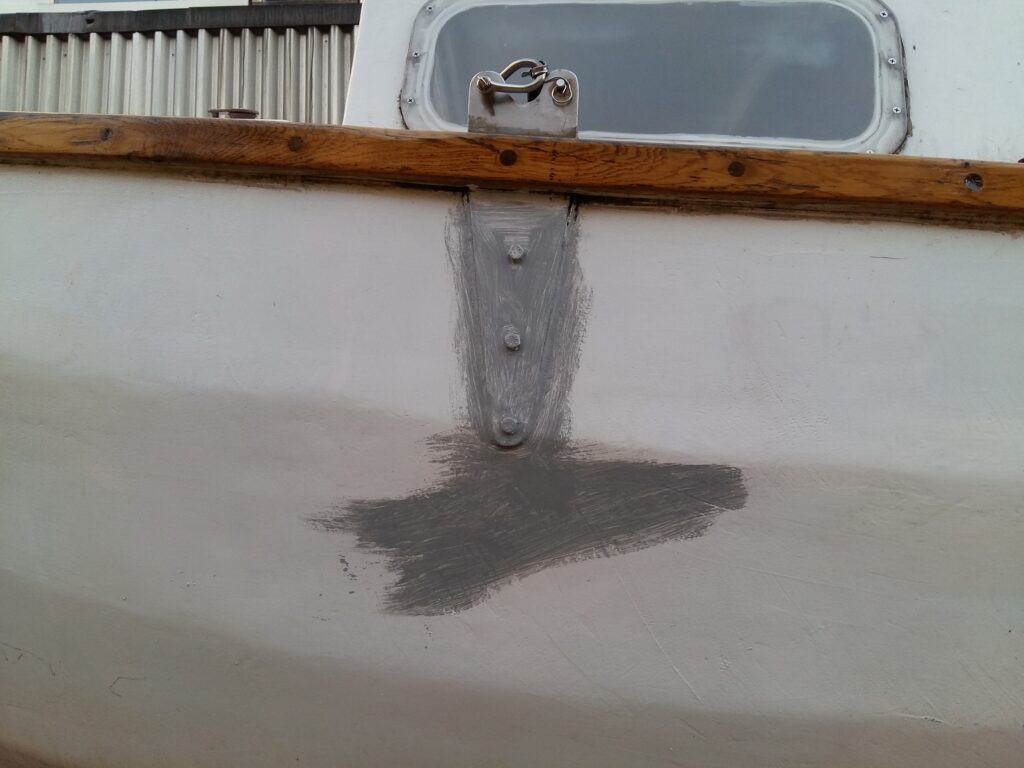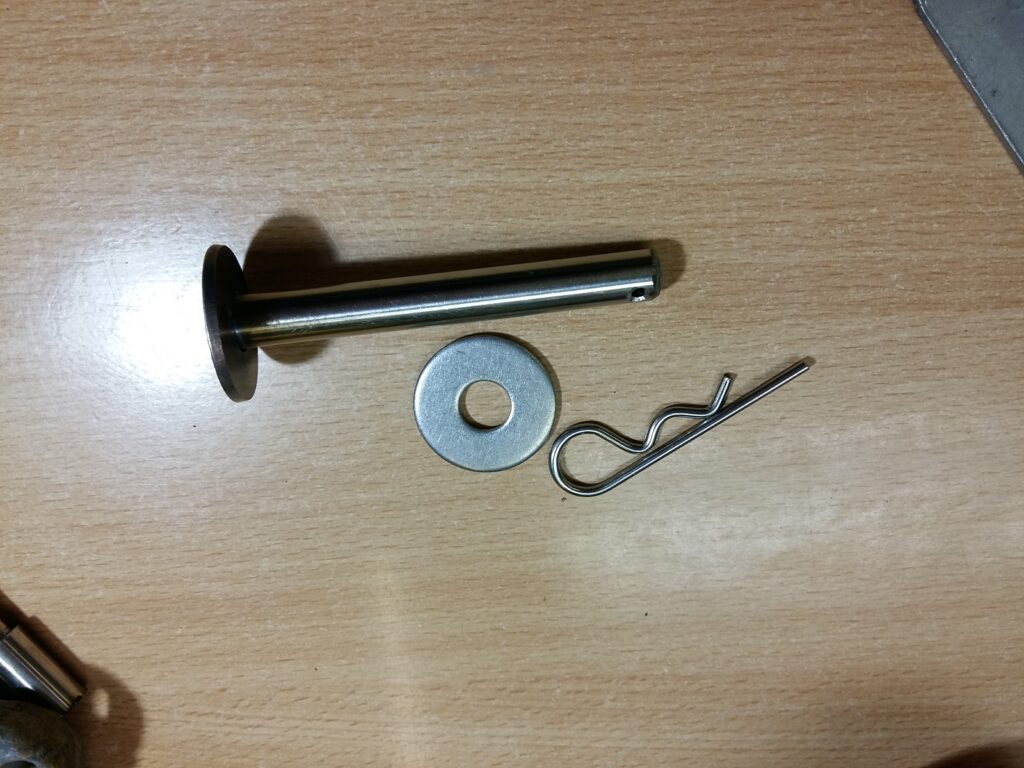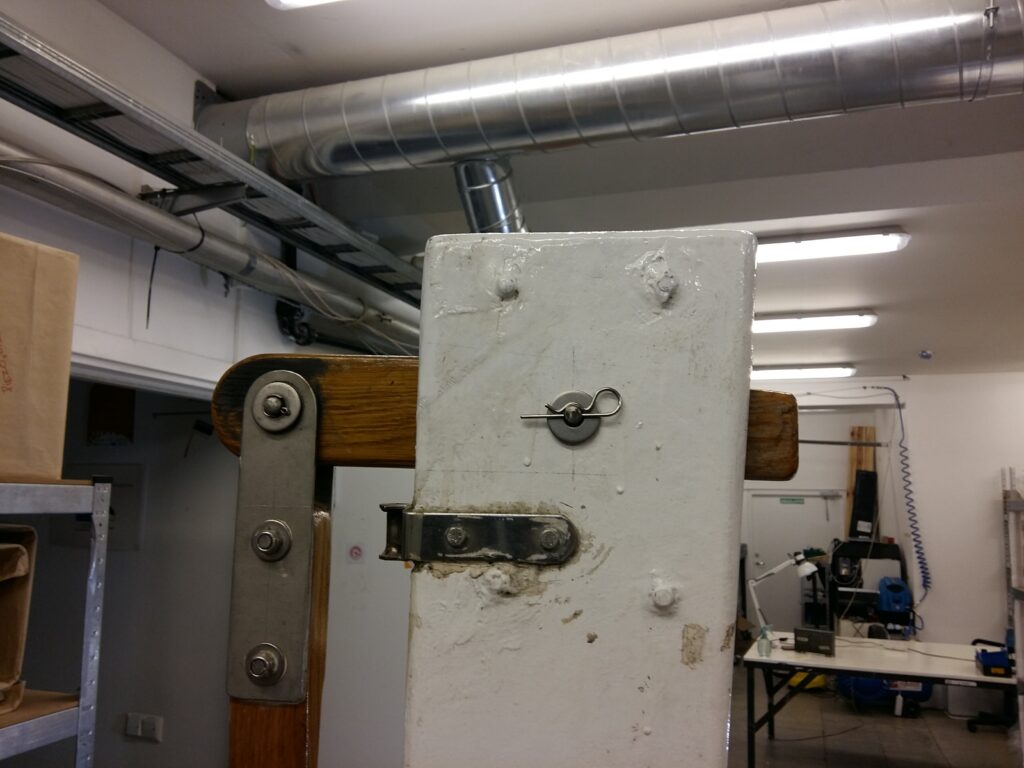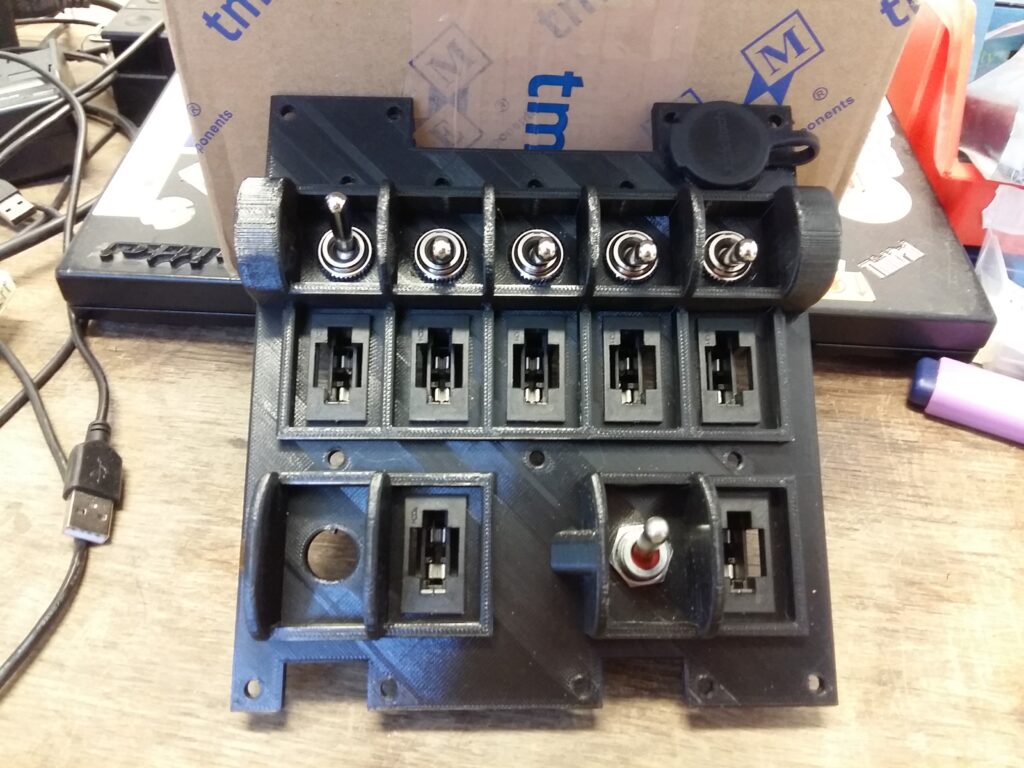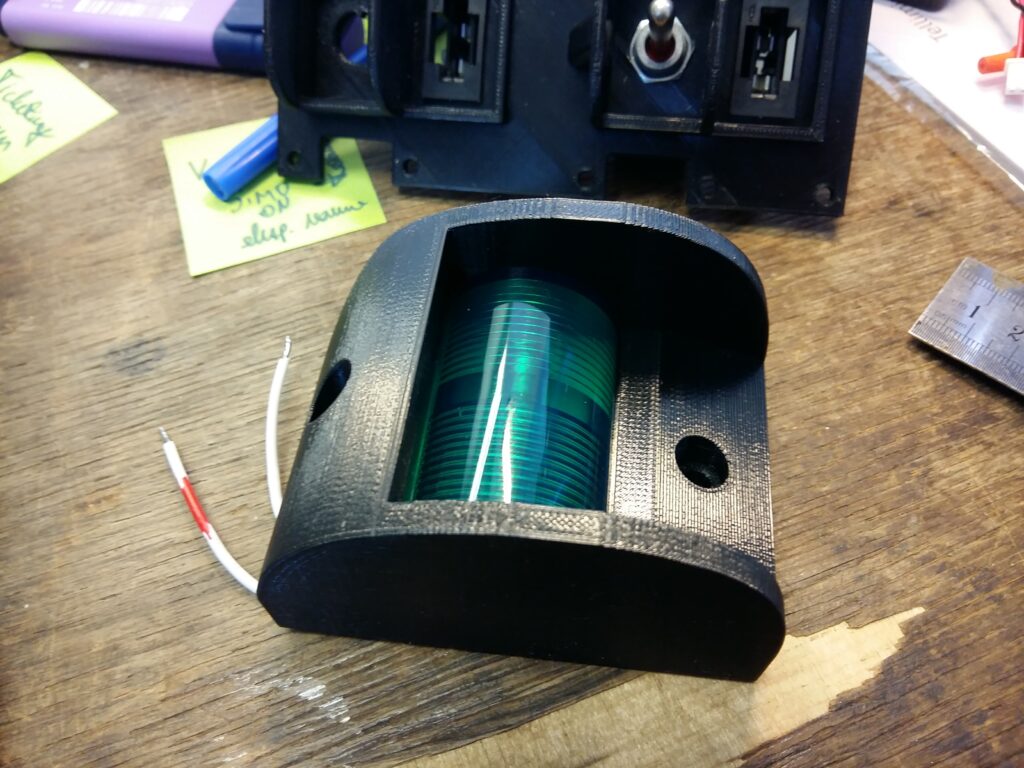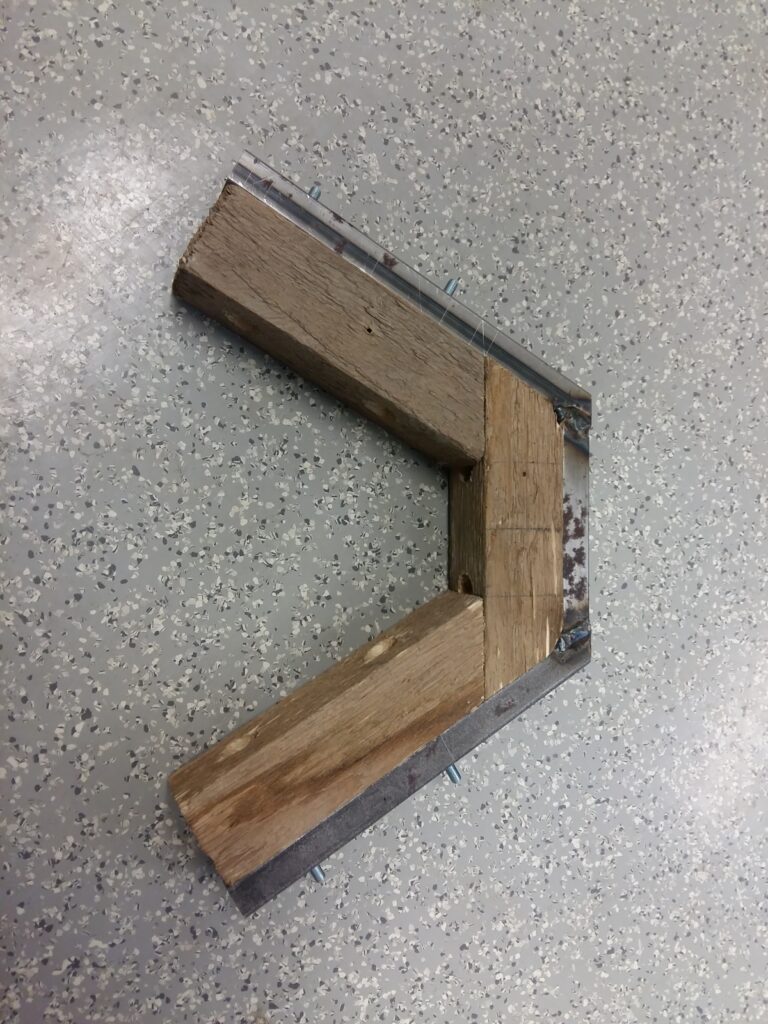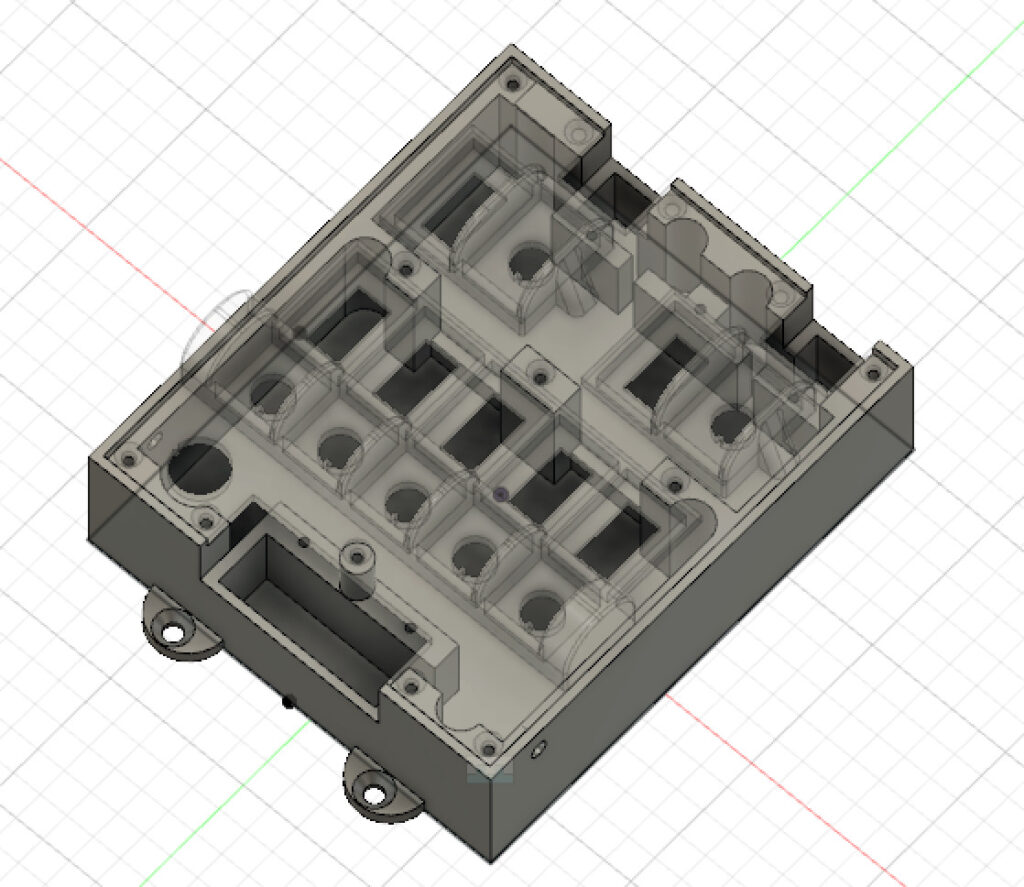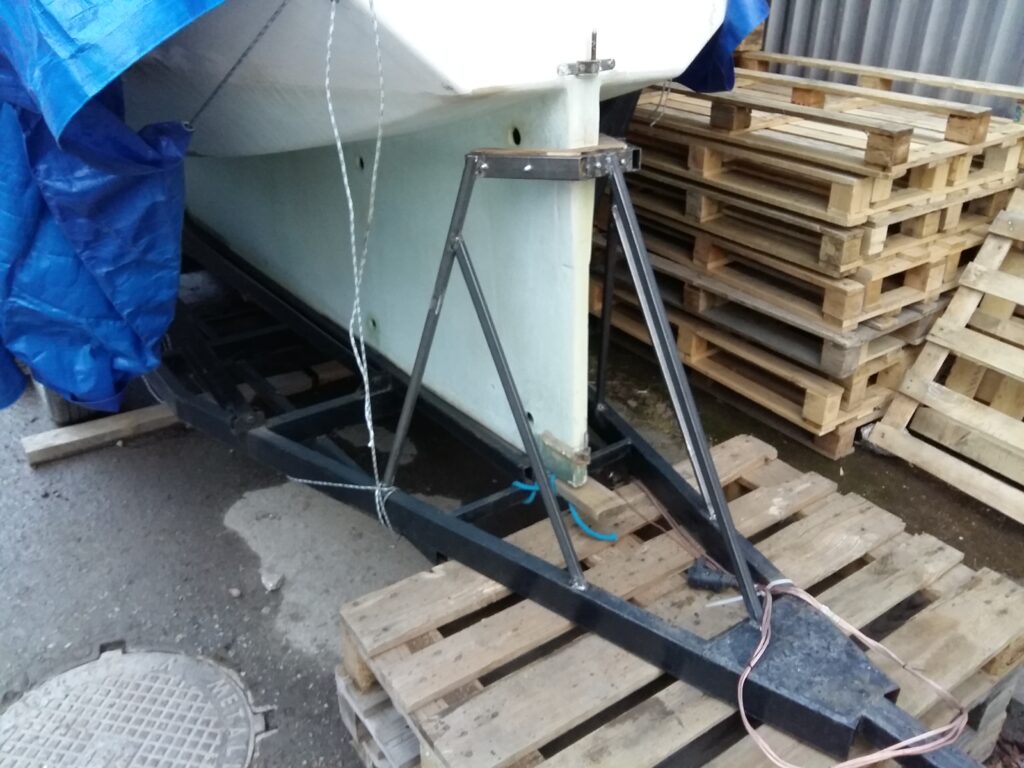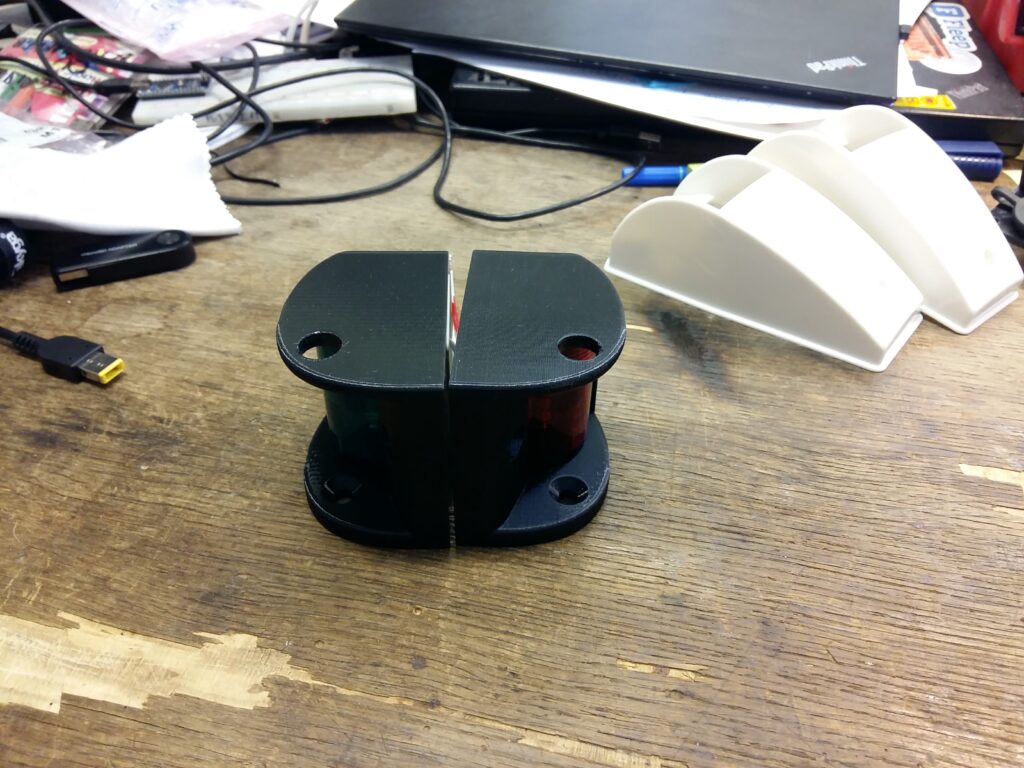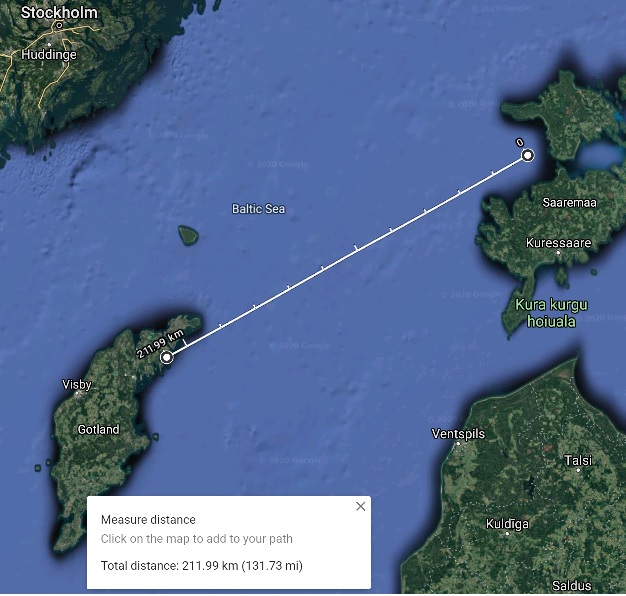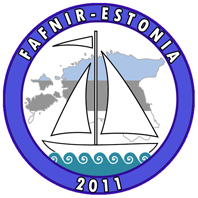In 2021, we got off to an early start – we were in the water already April 24. We towed the boat from it’s winter quarters to the former Olympic marina in about 4-5h, going extra slow since we are using a suspensionless beach trailer.
Getting the boat off the trailer was very easy, since the slip is long and steep. We hooked the trailer up to some anchor line to retrieve it and everything went smoothly.
The spot we got at the marina was very cheap, but it also meant some serious acrobatics to get on the boat and to moor/unmoor. Still, we got to sail a decent amount in the summer, mostly on the bay due to lack of time.
The boat came out at the tail end of the season, on October 30, on a calm day. Getting it back on the trailer was a little harder than launching, but doable. We pulled the trailer out with an anchor line again, it wanted to tip over towards the slip quite a bit.
Right now, Kvark is staying on the hard, as we need to do some maintenance. Pictures speak more than words, so here they are below.
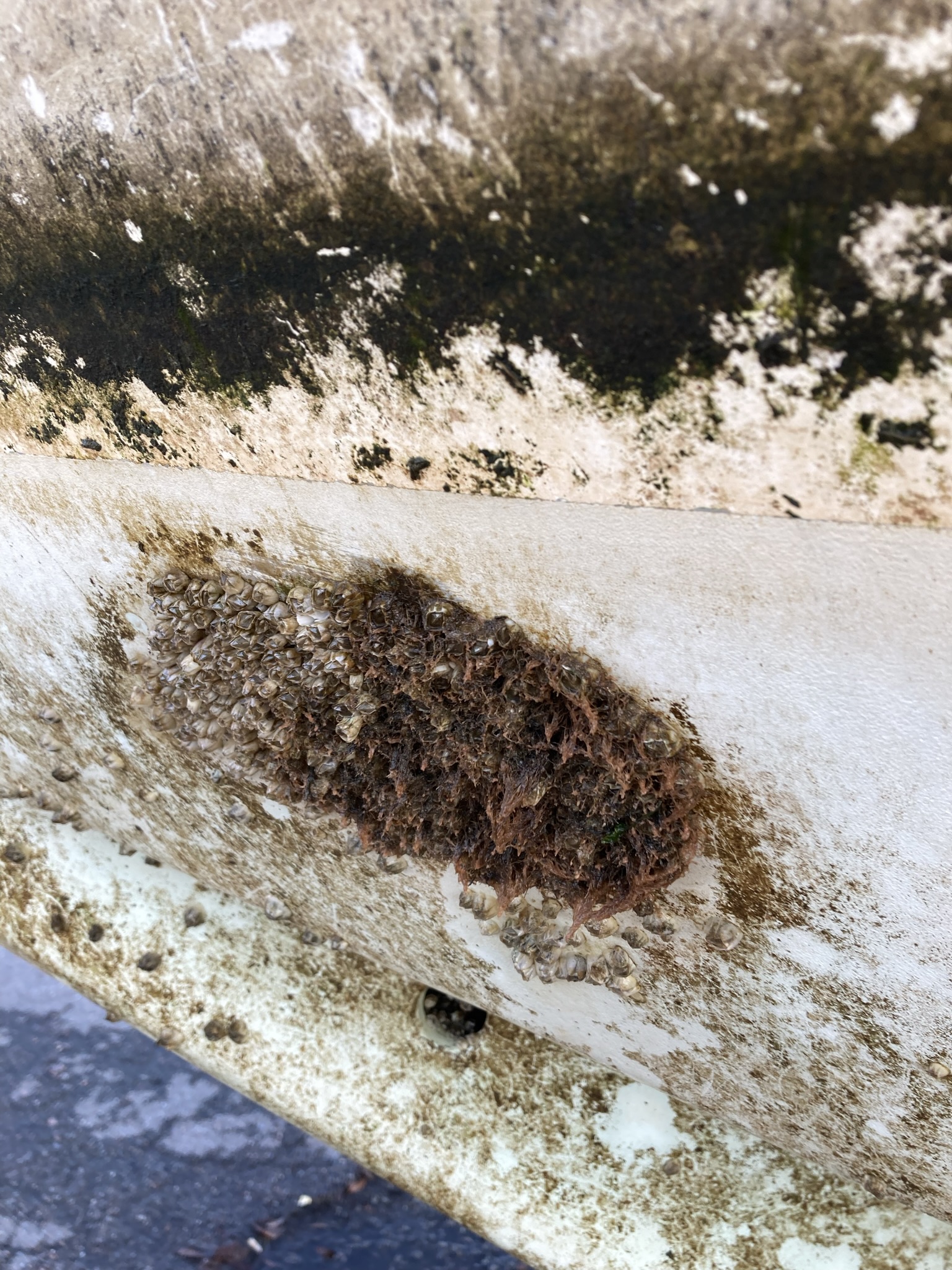
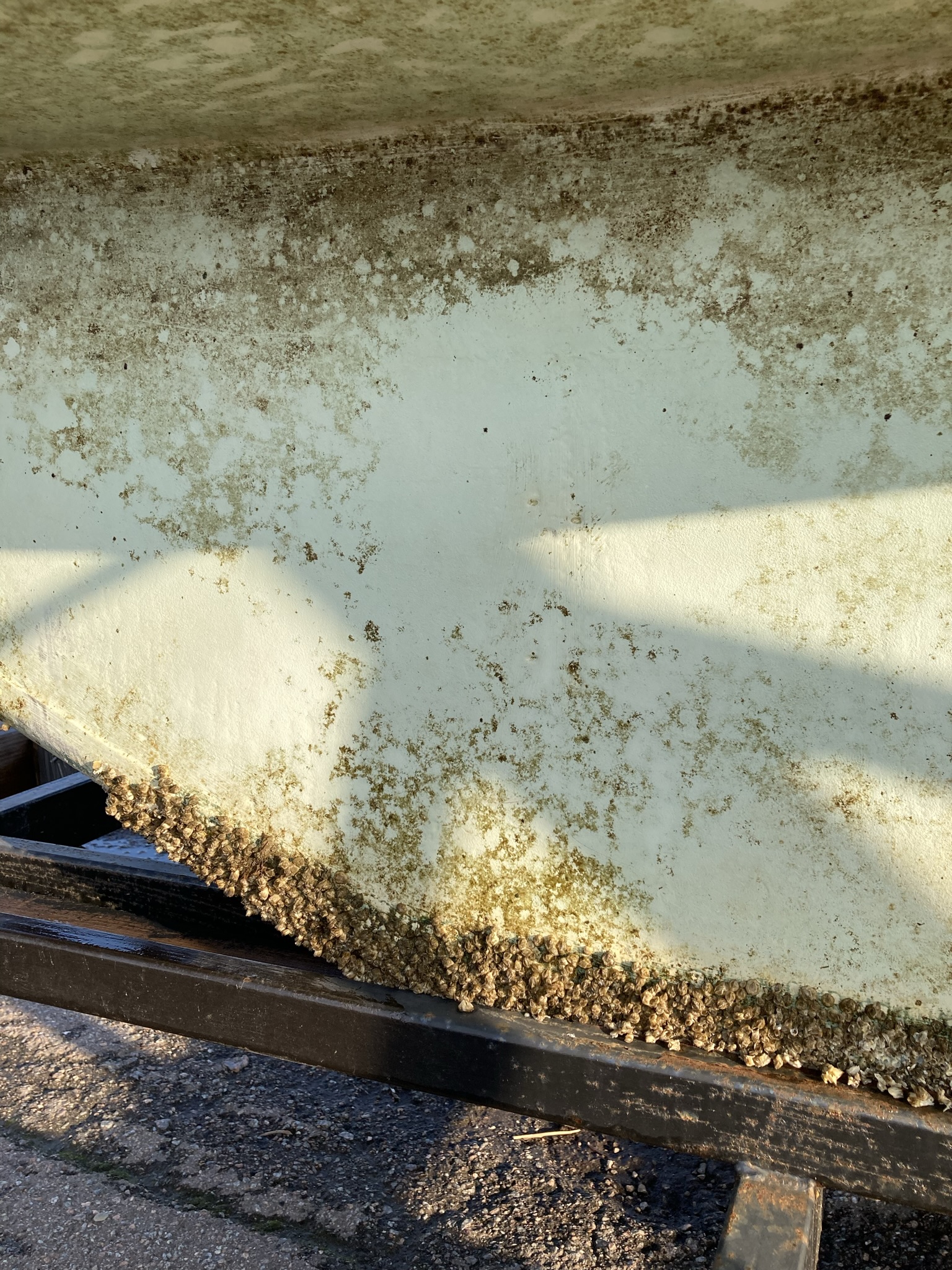



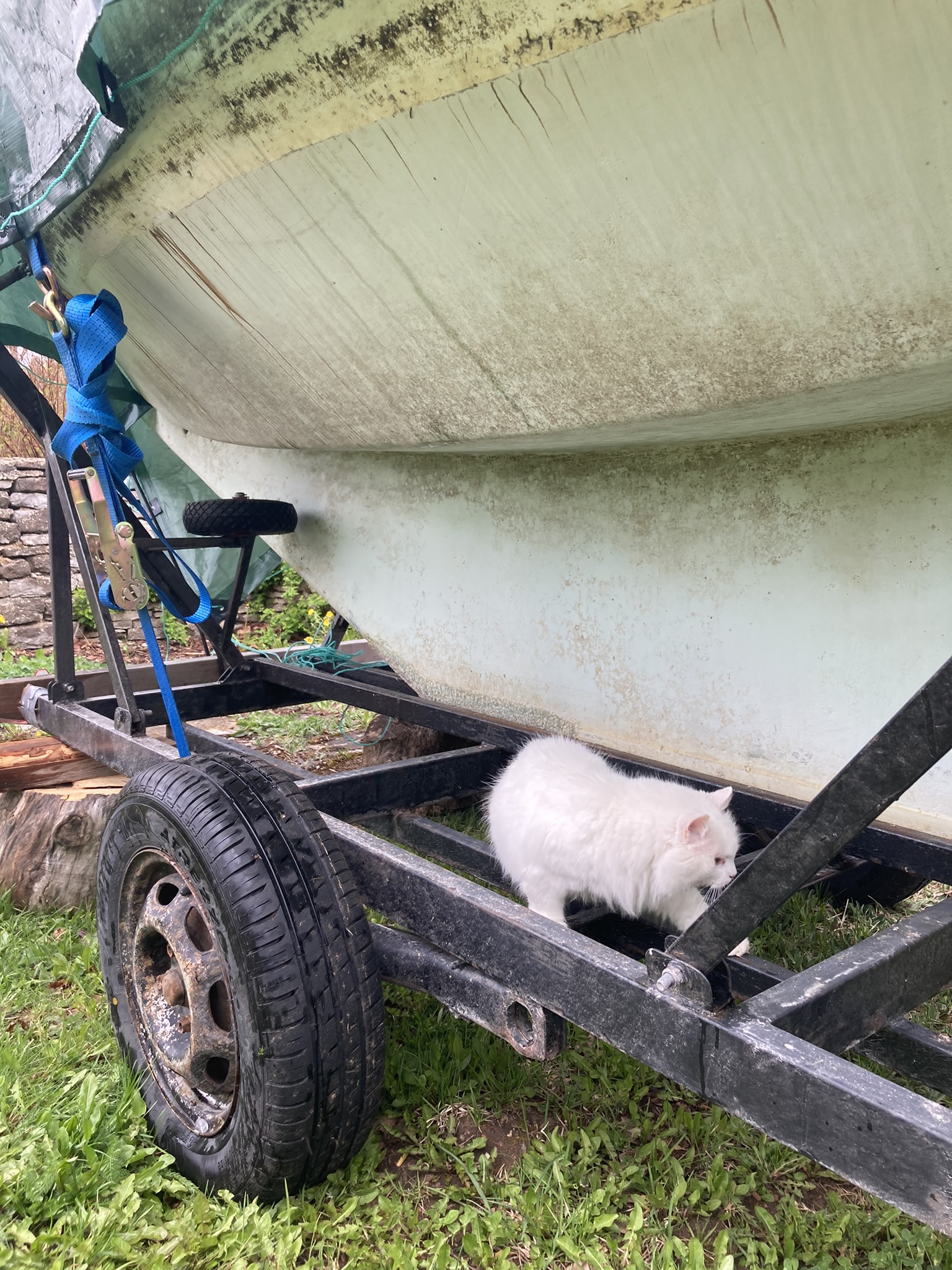
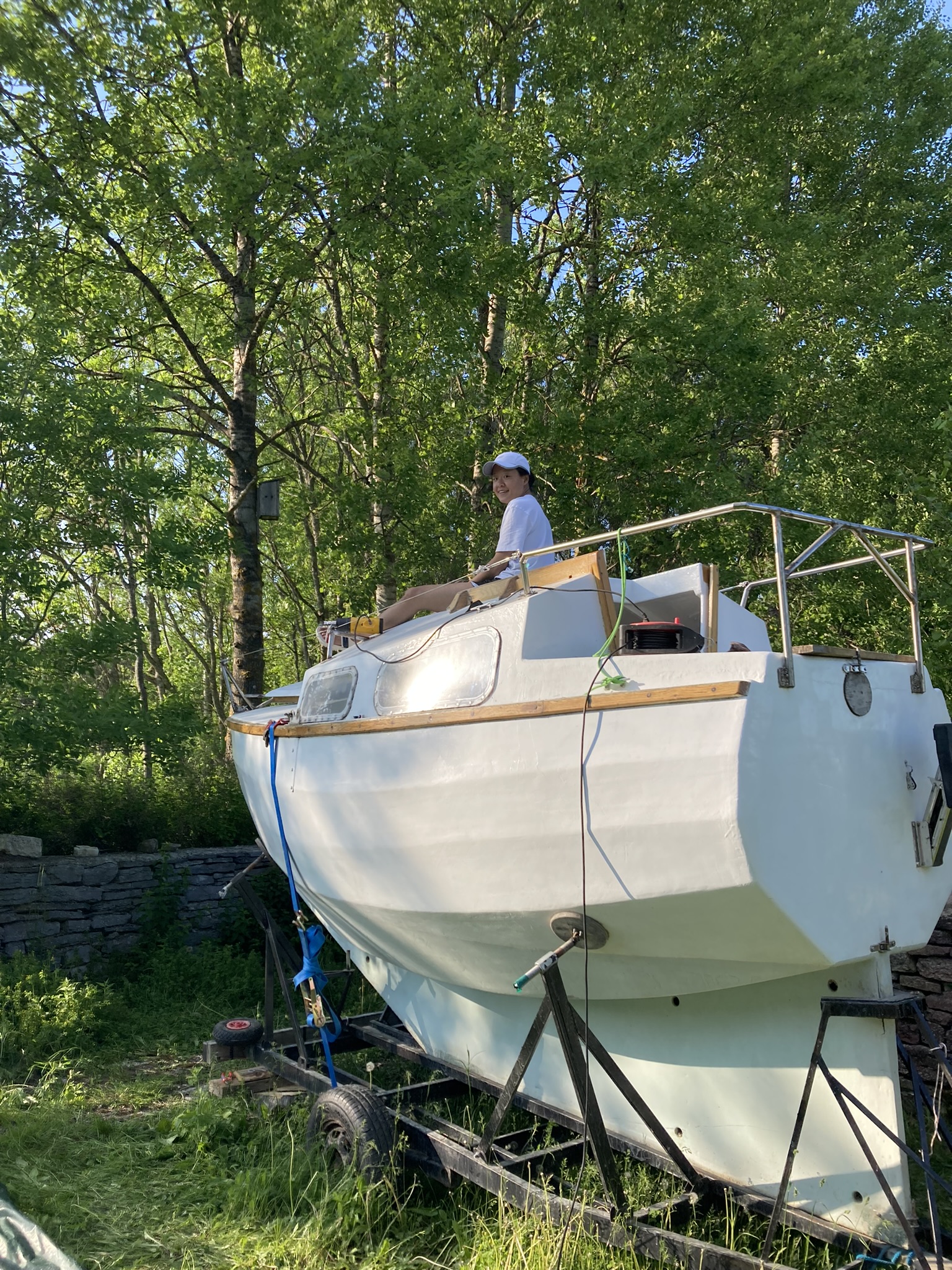

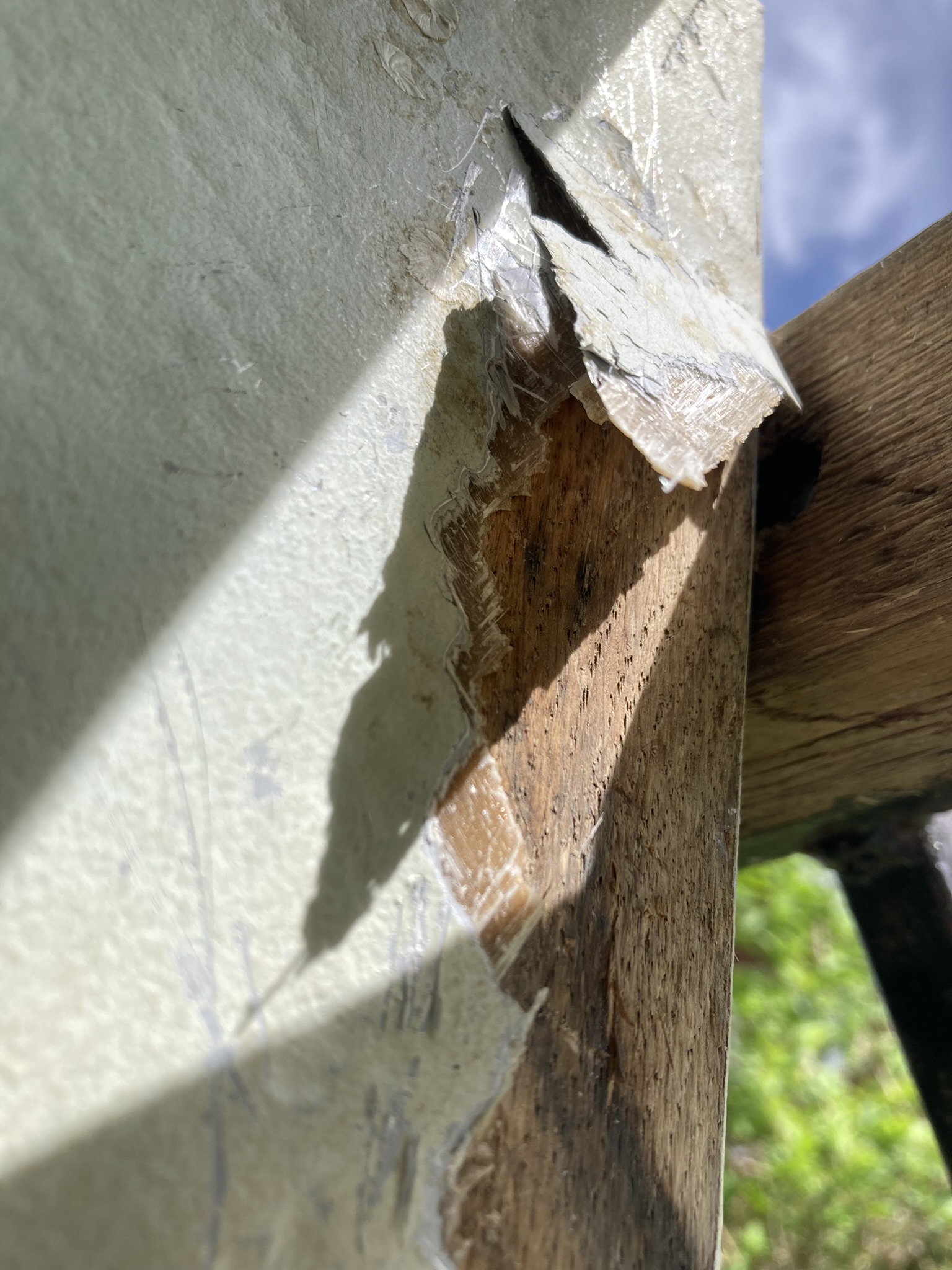
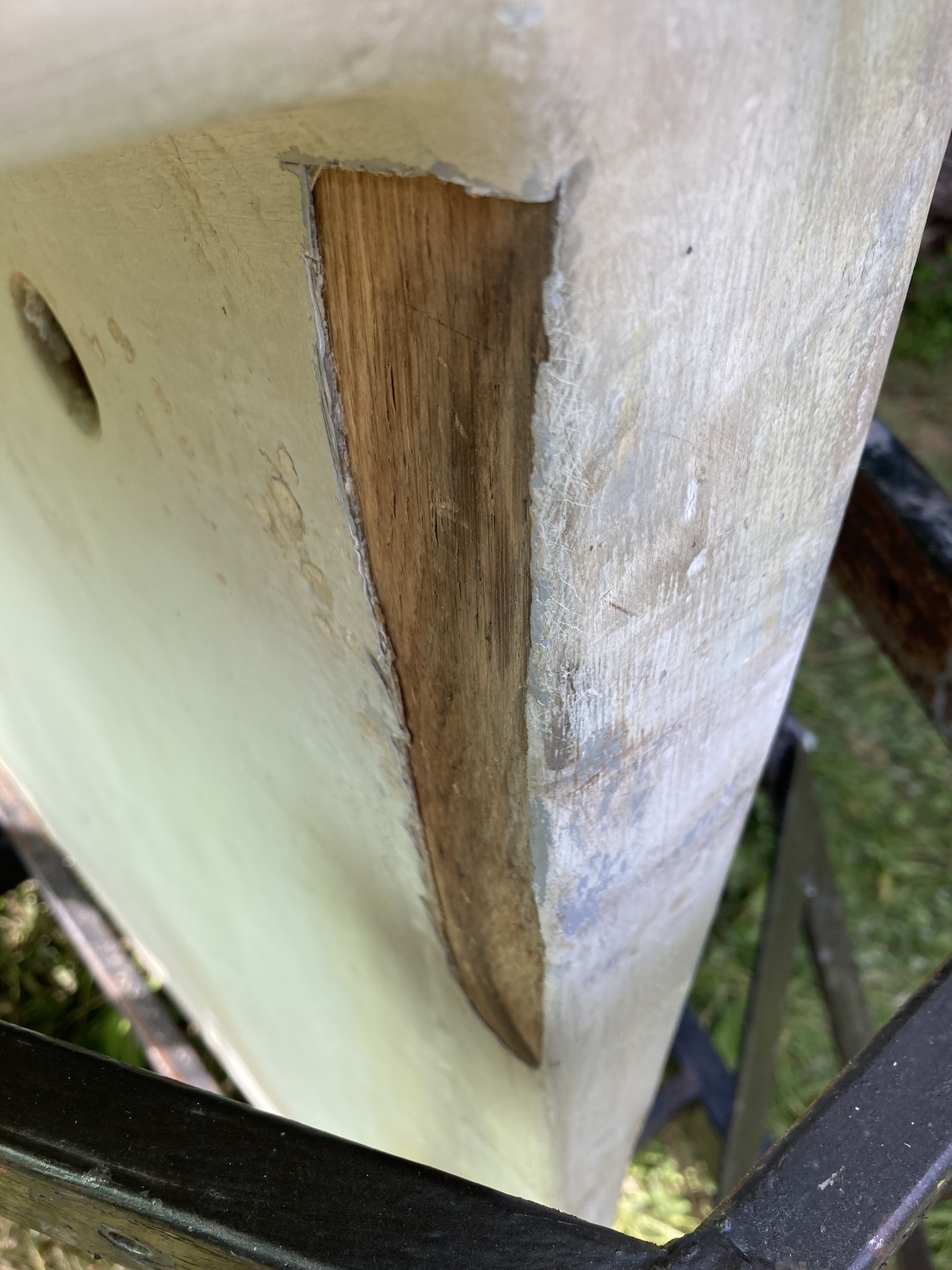
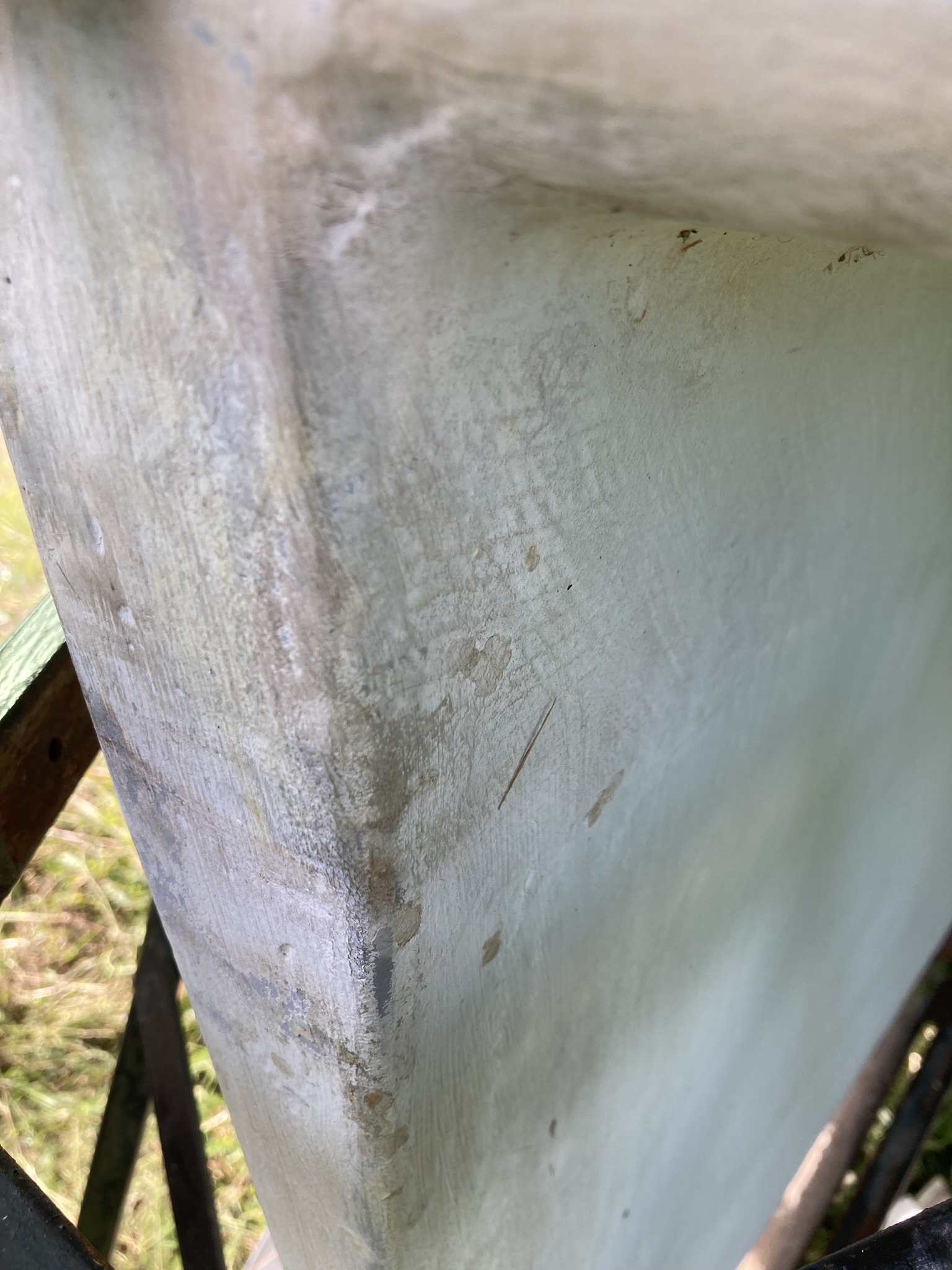
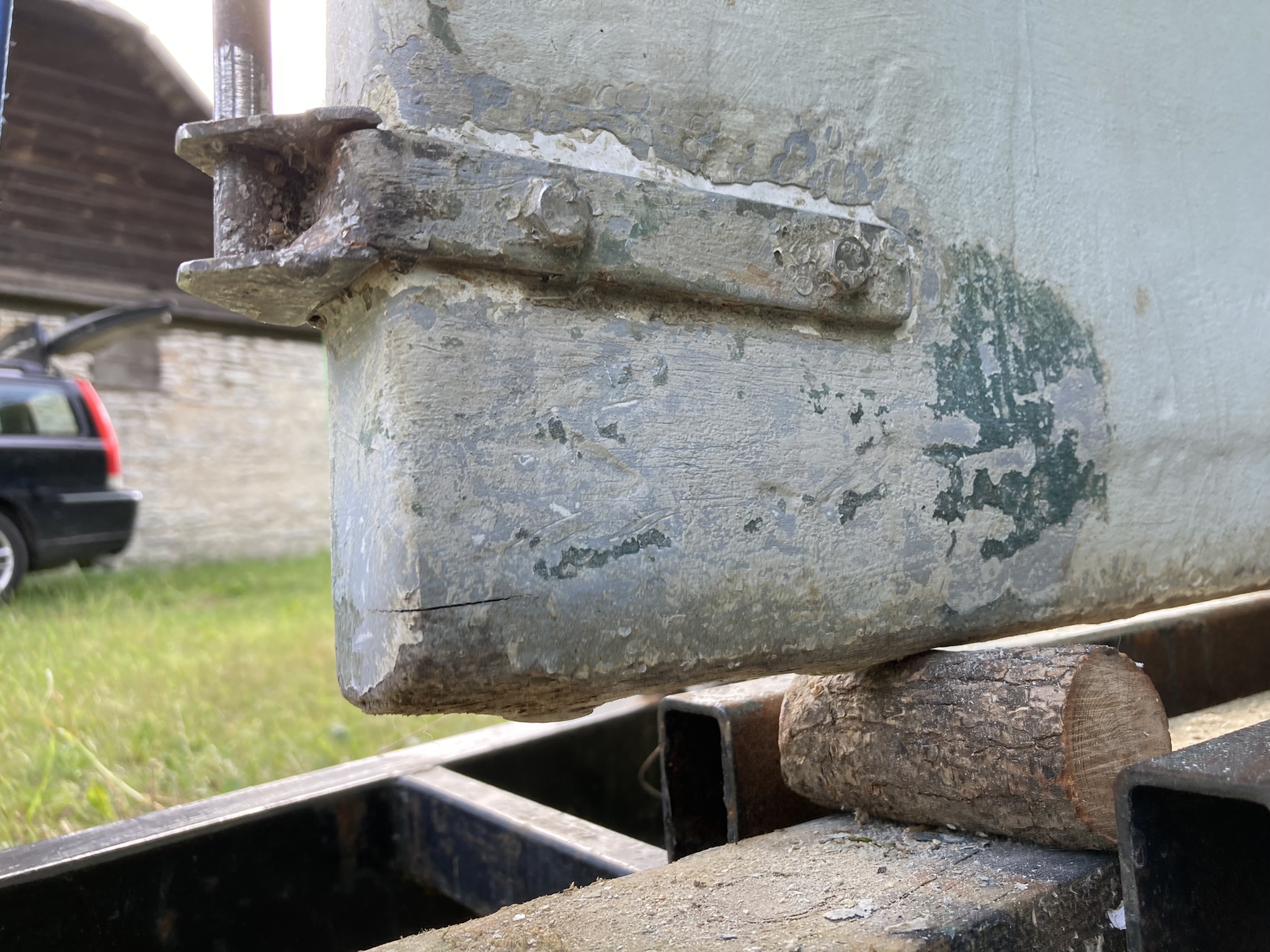
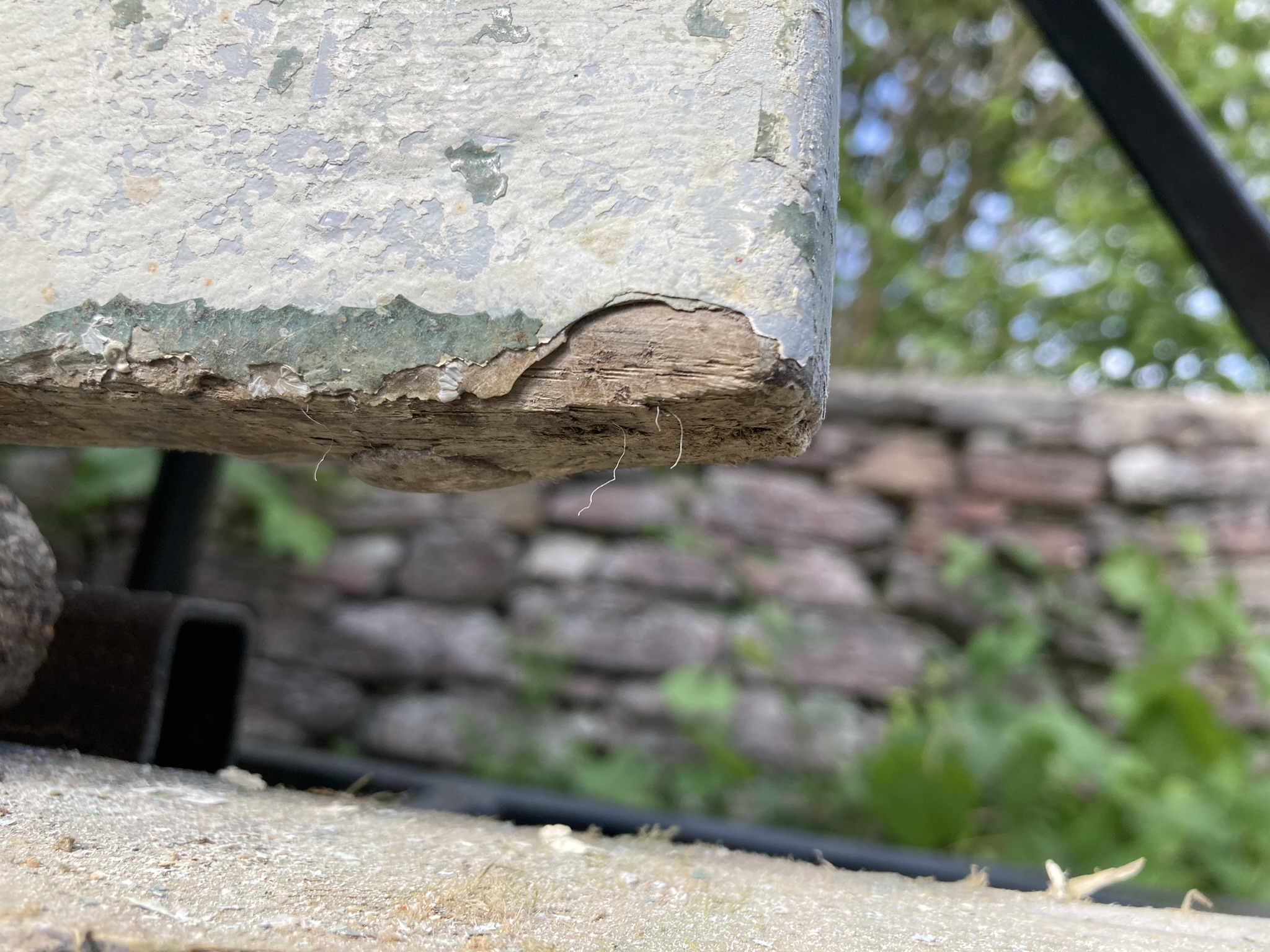

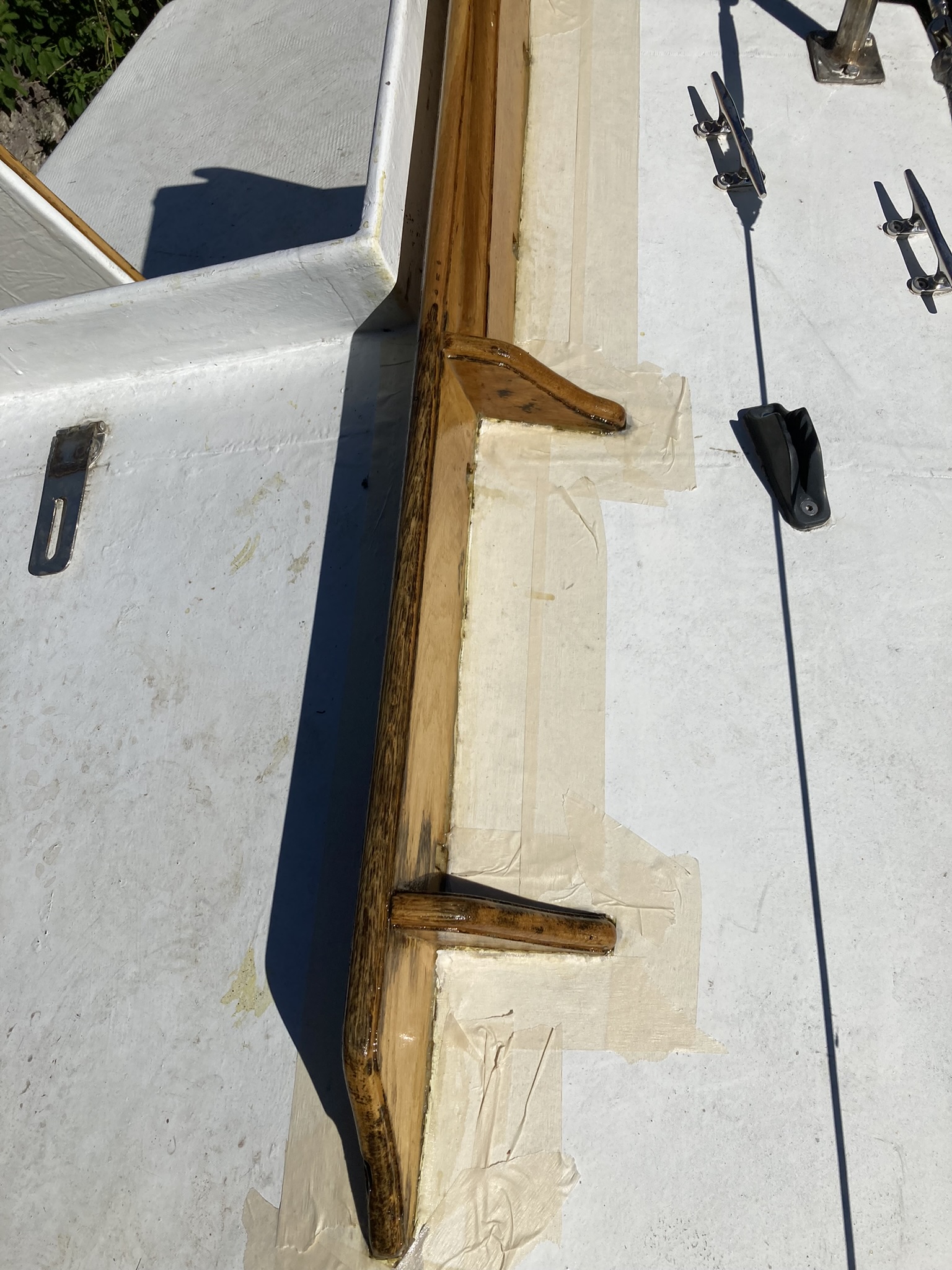
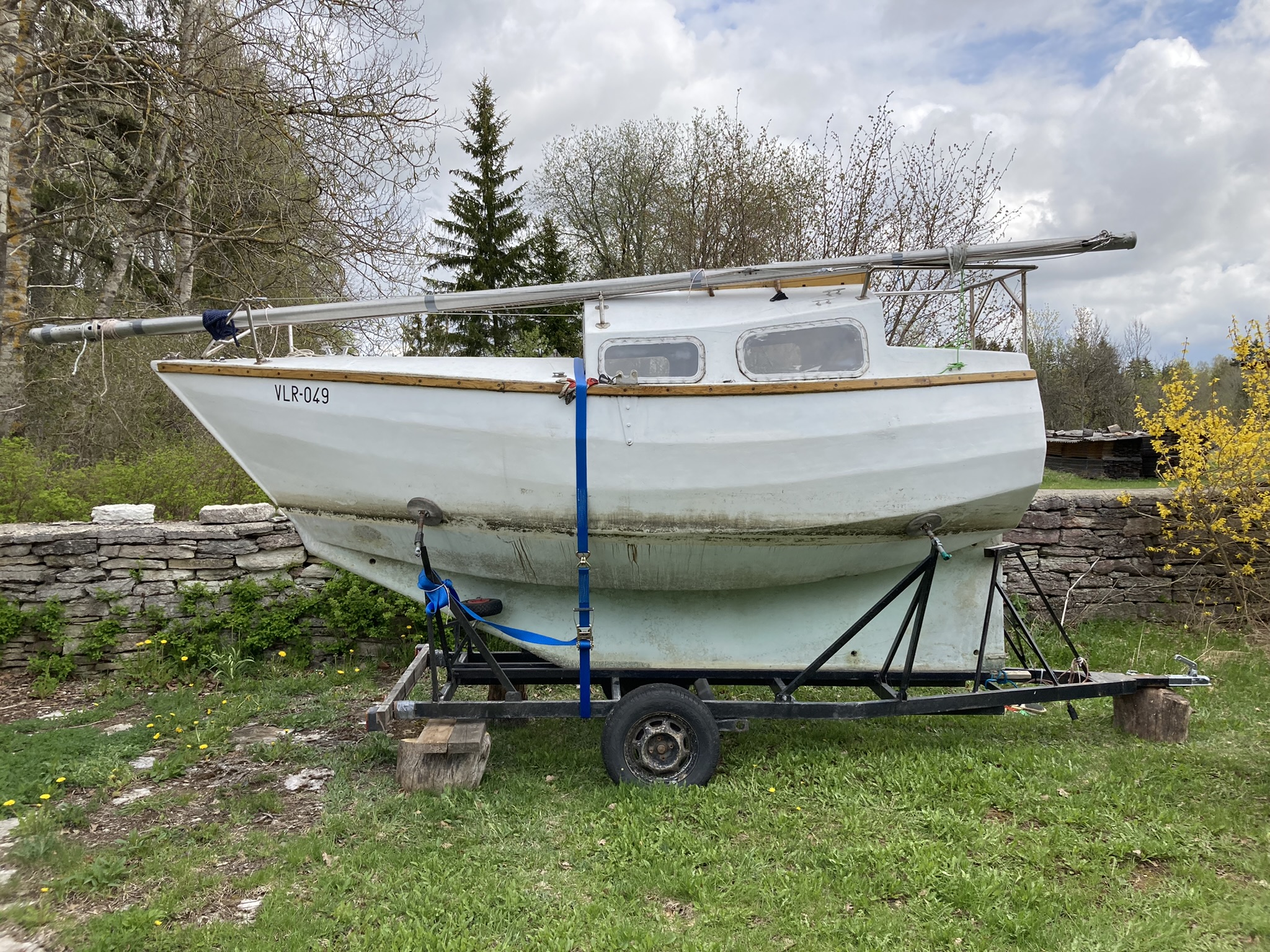
Now, we need to apply new antifouling, repair some of the paint on the deck, replace the cracked windows allowing for thermal expansion and we should be ready again!
Something to consider is finding a lighter mast, to reduce heeling action and to make it easier to step. The plans call for a 5.55 m, 65 mm diameter, 2.6 mm thickness 6261 T6 aluminum profile, which so far we have not been able to find, so we are using an over-strong ice boat mast with no backstay and shroud spreaders.
